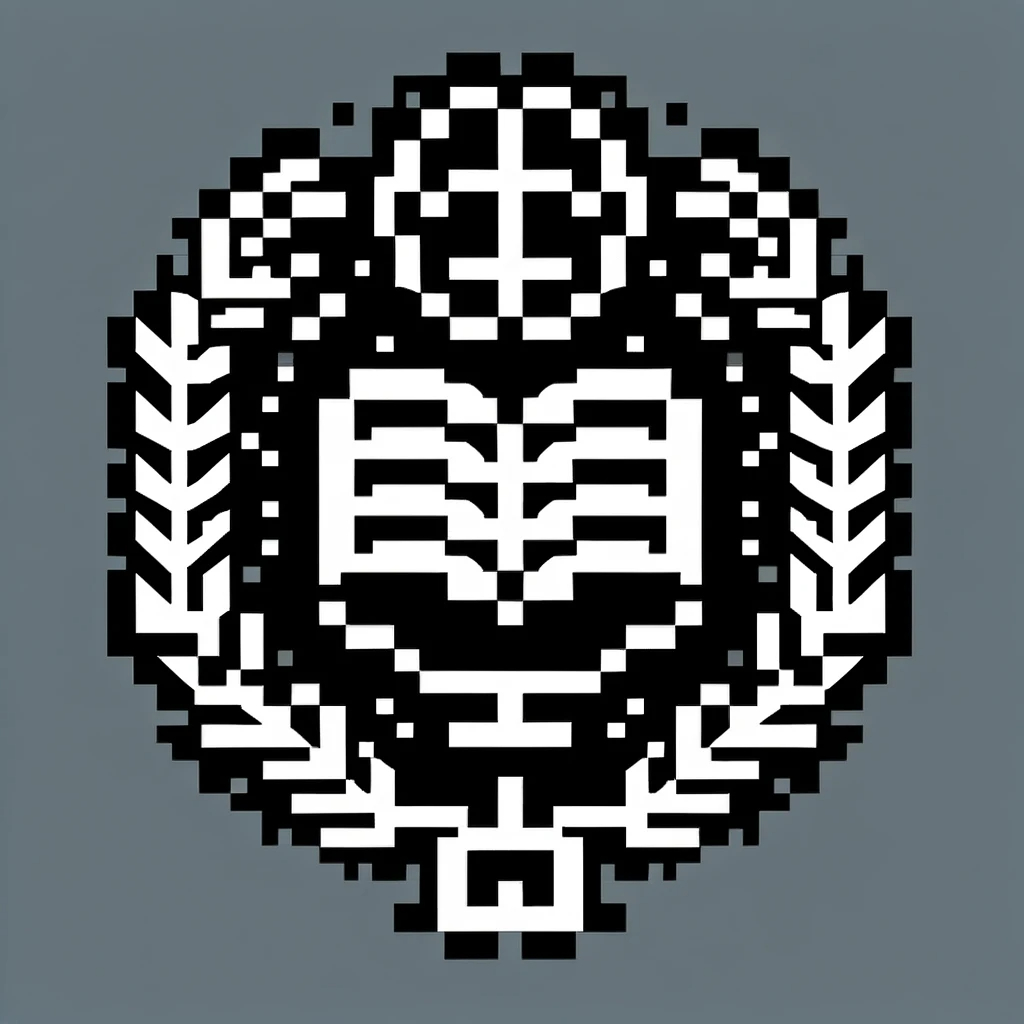The Abstraction and Reasoning Corpus: A. Additional Details on the Mode
by
March 11th, 2024

We publish the best academic work (that's too often lost to peer reviews & the TA's desk) to the global tech community
About Author
We publish the best academic work (that's too often lost to peer reviews & the TA's desk) to the global tech community